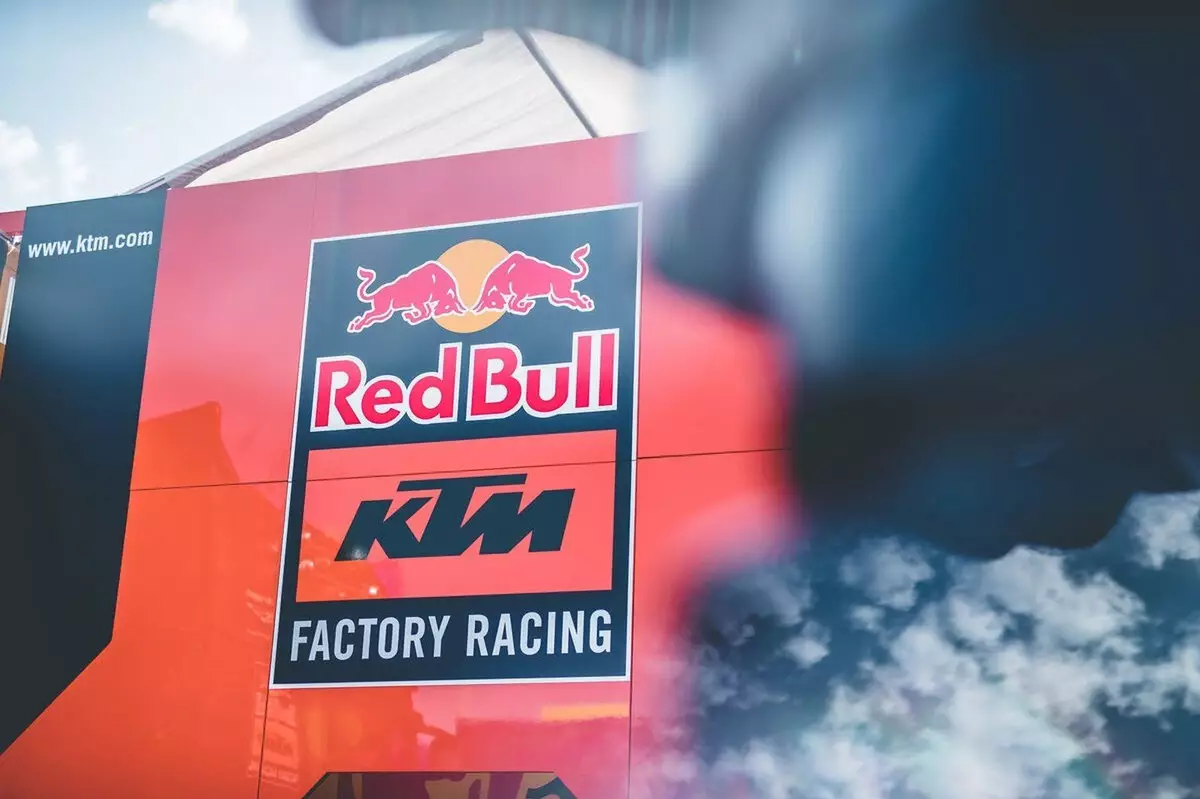MotoGP has long been a theatre of fierce competition, technological innovation, and passionate fandom. Yet, the recent developments concerning KTM, a key player in the motorcycle racing scene, are raising alarms. The Austrian manufacturer is reportedly contemplating an exit from MotoGP and its support tiers, Moto2 and Moto3, by the end of the 2026 season. This decision stems from a larger restructuring effort prompted by ongoing financial challenges.
On December 20, the notion of KTM distancing itself from MotoGP surfaced for the first time. A report from the Alpenländischer Kreditorenverband (AKV) following creditor meetings indicated that “in order to reduce costs, the exit from MotoGP Moto3/Moto2 is planned.” This announcement caught many in the motorsport community off guard, as KTM had been somewhat of a dominating force in recent seasons. The implications of such a move raise questions about the financial health of the company and the broader landscape of competitive motorcycle racing.
Emerging reports from Austrian publication Der Standard have since confirmed that KTM intends to withdraw from these racing series come the 2026 season. While the immediate response from KTM was to affirm their commitment to participate in MotoGP for the upcoming year, this contradiction appears to be a strategic maneuver. Management is likely keenly aware of the brand damage that could occur if they withdraw prematurely from their commitments, showcasing the precarious balancing act between financial reality and public perception.
KTM currently holds valid contracts with four prominent riders—Pedro Acosta, Brad Binder, Maverick Vinales, and Enea Bastianini—extending until the conclusion of the 2026 season. The manufacturer also has an agreement with Dorna, the rights holder for MotoGP, which runs through the same timeframe. These existing commitments illustrate the complexity of KTM’s situation. Should the company choose to exit earlier than planned, it risks incurring significant penalties and damaging its reputation within the motorsport community.
Furthermore, the financial burden of maintaining a competitive presence in MotoGP cannot be understated. Reports suggest that KTM expended around €95 million on racing in 2023 alone—a staggering investment in a sport known for its high operational costs. The ongoing restructuring plan is estimated to involve around €250 million, further highlighting the financial strains the company faces amidst its self-administration process initiated on November 29.
The ramifications of KTM’s financial struggles extend well beyond the racetrack. Approximately 3,600 employees based in Upper Austria are feeling the effects of the insolvency situation. Positively, news surfaced during the holiday season that wages for December would be processed on time, although prior outstanding payments—including a Christmas bonus—are still in limbo. The presence of an insolvency wage fund may provide some respite, but the uncertainty surrounding job security remains a pressing concern for those invested in KTM’s future.
This turn of events underscores the broader implications of corporate restructuring in the high-stakes world of motorsport. It serves as a reminder that behind the façade of speed and glamour, there exists a complex web of stakeholder interests, financial realities, and strategic decisions that ultimately determine the fate of well-known brands within the sport.
As KTM moves forward with its plans, the upcoming court hearing scheduled for February 25, 2025, will be pivotal. This will be when the restructuring proposal for KTM AG and its subsidiaries will be evaluated and potentially voted on, impacting all parties involved. Should the restructuring plan fail to gain approval from creditors, KTM may find itself in a position where drastic measures become inevitable.
The prospect of KTM leaving MotoGP would be a significant shift in the competitive landscape, simultaneously sparking discussions around the sustainability of participation in high-cost racing series. Moreover, the emerging involvement of potential investors could provide KTM with an avenue to stabilize and perhaps pivot towards a more viable business model. The decisions made in the coming months will ultimately define KTM’s trajectory in both the motorcycle industry and motorsport at large.
The uncertainty surrounding KTM’s future in MotoGP elevates the urgency for strategic planning and decision-making, not just for themselves, but for the entire ecosystem of professional motorcycle racing. The industry watches closely, knowing that every decision made could have lasting repercussions.

